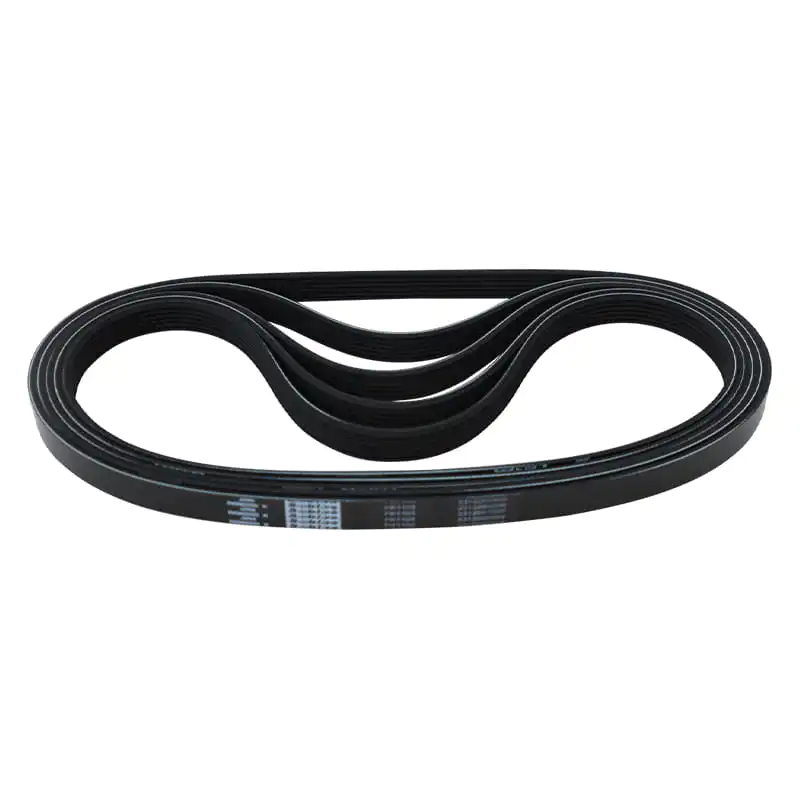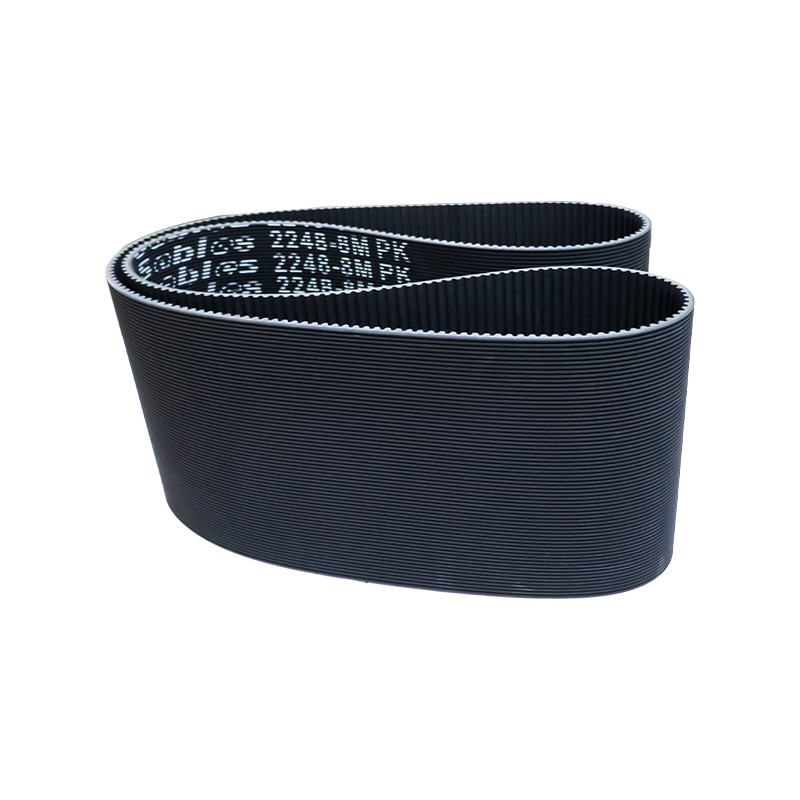What are the Key Material - Related Considerations?
Rubber ribbed belts can be made from different types of rubber compounds. For general - purpose applications in various industries, high - quality rubber compounds are used. However, if the machinery operates in an environment with high temperatures, heat - resistant rubber compounds should be prioritized. In industries where there is exposure to oils and chemicals, such as the automotive and food processing industries, oil - resistant rubber ribbed belts are essential. The type of rubber compound directly affects the belt's durability, flexibility, and resistance to environmental factors.
How Does the Load - Bearing Capacity Impact Belt Selection?
The load - bearing capacity of rubber ribbed belts is a crucial factor. Ribbed belts typically offer a high level of torque transmission from motorised roller to slave rollers. They can handle loads of up to 2 tonnes at a time across a longer conveyor zone in some applications. When selecting a belt for industrial machinery, it's important to assess the maximum load the belt will need to carry. If the load is too heavy for the chosen belt, it can lead to premature wear and failure of the belt, affecting the overall efficiency of the machinery.
What Role Does the Operating Environment Play?
The environment in which the industrial machinery operates plays a significant role. If the machinery is used in a clean - room environment or an area where the belt needs to be easily cleanable, ribbed belts may not be the best choice as they can be challenging to wash. In contrast, in environments with potential contaminants like water or oil, belts with appropriate resistance properties should be selected. Additionally, if the conveyor line has curves, the degree of curvature matters. Ribbed belts are only suitable for conveyor lines with curves of up to 5°; beyond that, another type of belt may be required.














